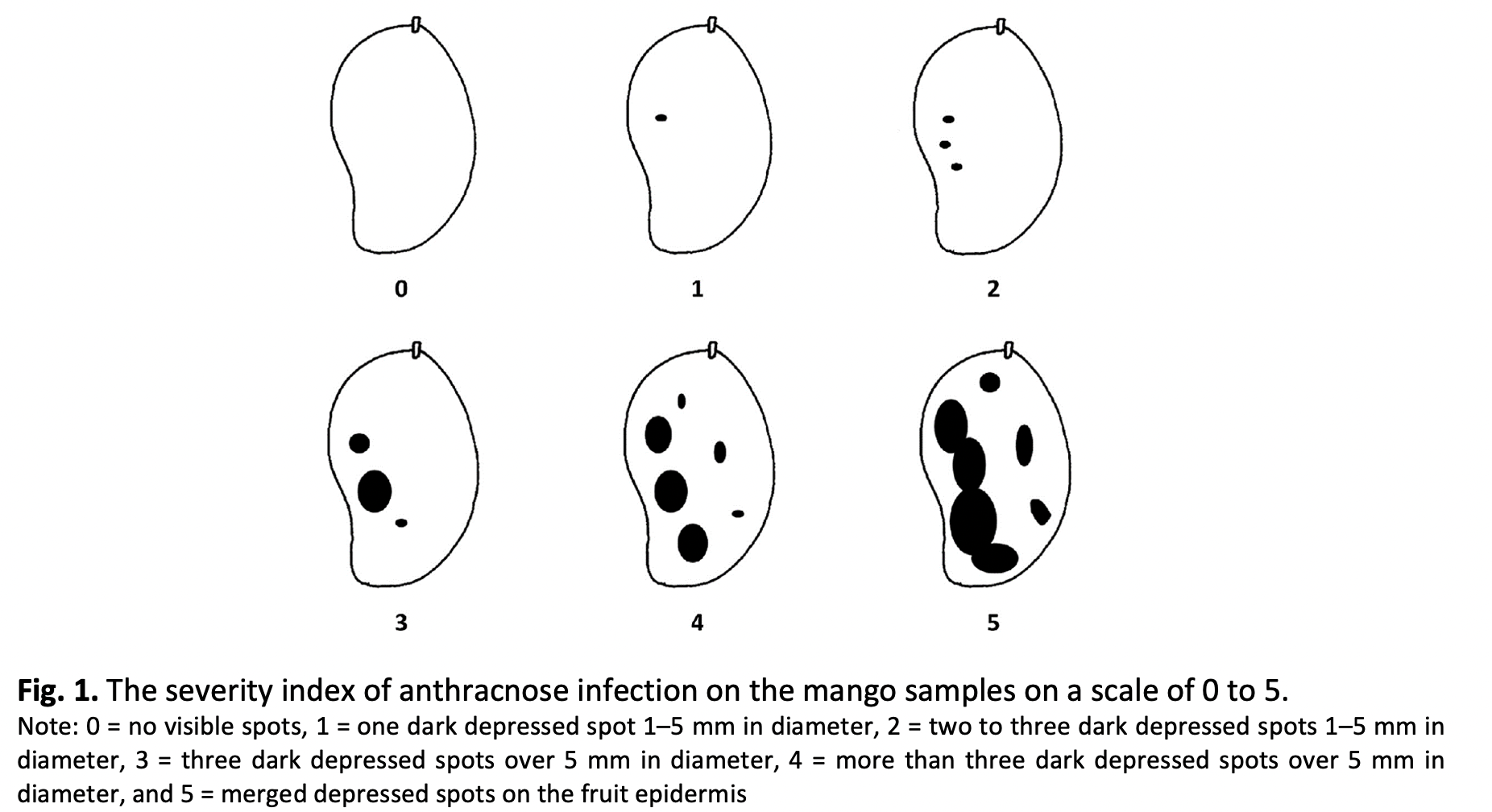Fungal Growth Physicochemical Properties Inhibition by Novel Zinc Oxide/ Glutinous Tapioca Starch Composite
DOI:
https://doi.org/10.37934/araset.29.1.7689Keywords:
nanocoating, zinc oxide nanoparticles, food, agriculture, mango, glutinous rice starchAbstract
Mango suffers from numerous diseases throughout its life due to fungal growth. Primarily, mango is infected with anthracnose, a disease caused by Collectotrichum gloeosporioides. In the present study, mango fruits were coated with zinc oxide (ZnO) and tapioca starch solution at different concentrations and stored at room temperature for a week. The growth of any black spots on the outer surface of the fruit peel was observed at two-day intervals. The mixed coating material, consisting of ZnO and tapioca starch, inhibited fungal growth. The field-emission scanning microscope (FESEM) results demonstrated that the nanoparticles were uniformly coated on the mango samples. Applying the ZnO coating also effectively maintained the quality attributes and extended the shelf life of the fruits. Consequently, the ZnO and starch coating could be an alternative safe coating technique of protecting mango fruits against anthracnose infection, hence prolonging the freshness and avoiding economic losses during transportation, marketing, and storage.
Downloads





























